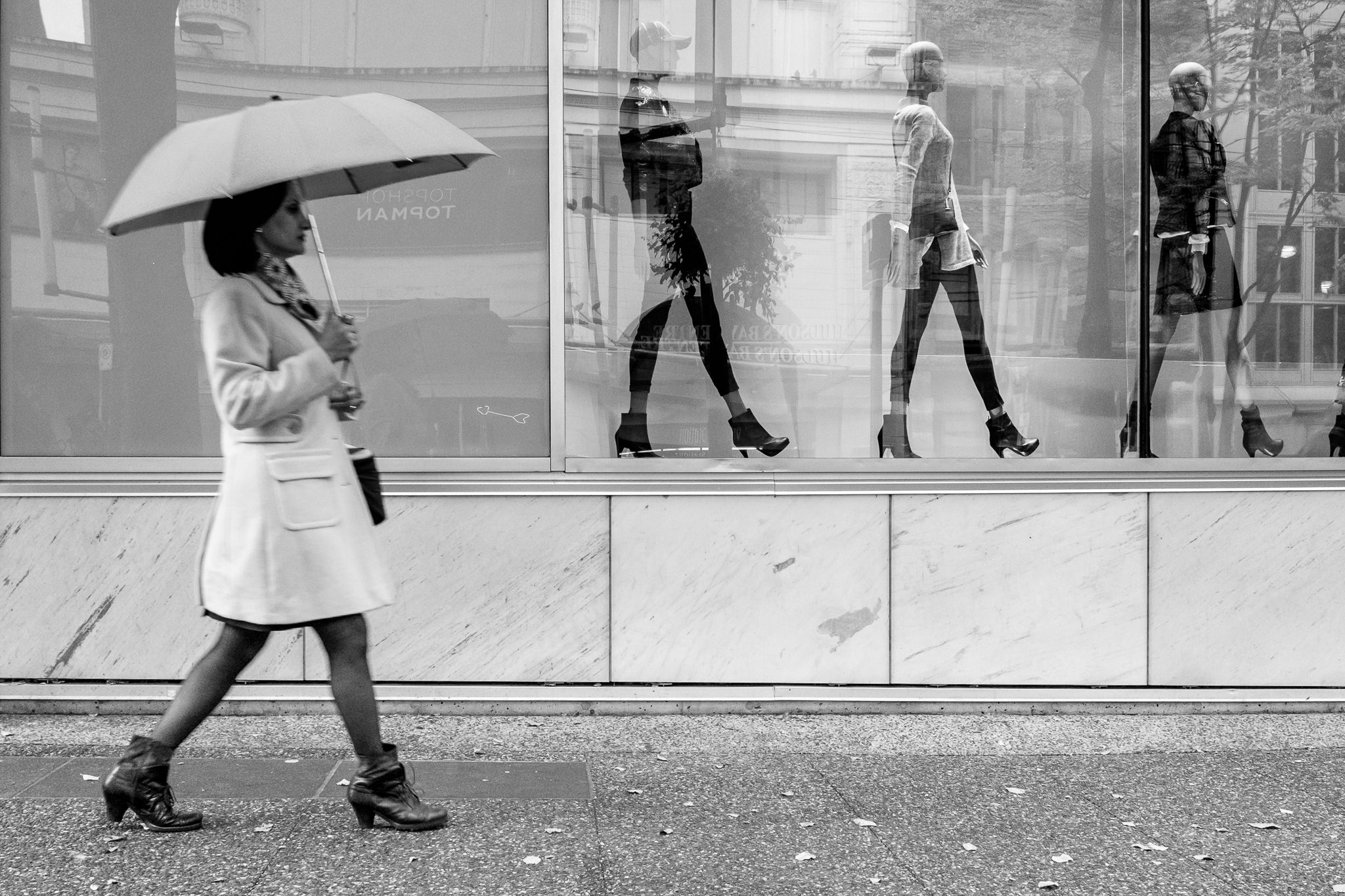All About Framing Streets
A Biased View of Framing Streets
Table of ContentsAbout Framing StreetsThe Buzz on Framing StreetsHow Framing Streets can Save You Time, Stress, and Money.The Basic Principles Of Framing Streets

Both at the Museum of Modern Art (Mo, MA). Influenced by Frank, in the 1960s Garry Winogrand, Lee Friedlander and Joel Meyerowitz began photographing on the roads of New York. Phil Coomes, writing for BBC News in 2013, stated "For those of us thinking about road photography there are a few names that attract attention and one of those is Garry Winogrand"; doubter Sean O'Hagan, creating in in 2014, claimed "In the 1960s and 70s, he specified road digital photography as a mindset along with a design and it has actually laboured in his darkness since, so clear-cut are his pictures of New York." Going back to the UK in 1965 from the US where he had actually met Winogrand and adopted street photography, Tony Ray-Jones turned a wry eye on often surreal groups of British individuals on their vacations or taking part in festivals.
Road photography is a large style that can be specified in lots of methods, yet it is typically defined by the spontaneous capturing of an unrepeatable, short lived minute, often of the daily going-ons of complete strangers. It is characteristically fired with broader angle lenses (e. g. 35mm) and typically includes urban environments.
Our Framing Streets Ideas
Docudrama digital photographers generally have a specified, deliberate message and an intention to tape-record particular occasions in wikipedia reference history (https://www.edocr.com/v/2rrgxoq2/davidturley33101/framing-streets). The gamut of the documentary technique incorporates elements of journalism, art, education, sociology and background. In social examination, documentary images are often planned to provoke, or to highlight the demand for, societal modification
Road digital photography is typically viewed as unposed and honest, however there are a couple of road photographers who communicate with complete strangers on the streets and take their pictures. Road pictures are unintended pictures taken of unfamiliar people while out doing road digital photography, however they are viewed as posed due to the fact that there is interaction with the topic.
e. 'honest photography' by interpretation) for fine art purposes has been debatable. Photographing individuals and places in public is lawful in the majority of countries shielding flexibility of expression and journalistic liberty. There are normally restrictions on exactly how photos of people may be made use of and most countries have certain regulations relating to individuals's privacy.
The Basic Principles Of Framing Streets
Of freedom of expression. While additionally restricting digital photography in order to shield privacy civil liberties, road photography can still be lawful in France when gone after as an art kind under certain circumstances.

. that simply strayed right into a scene), or that are not also recognizable in the picture. https://framingstreets1.godaddysites.com/f/framing-streets-mastering-the-art-of-street-photography. It additionally does not usually include individuals that are somebodies (e. g - sony a9iii. politicians or celebs). If a picture is thought about art, the courts will also consider the digital photographer's freedom of creative expression; implying that "artistic" street photography can still be legitimately published in particular cases
The 10-Minute Rule for Framing Streets
Photographing the cops and releasing the pictures is also lawful.
In Hungary, from 15 March 2014 any person taking photos is practically breaking the regulation if a person wanders right into shot, under a brand-new civil code that outlaws taking pictures without the permission of everyone in the photo - Street photography. This expands the legislation on authorization to include the taking of photographs, in addition to their publication
'Surprise digital photography' (kakushidori hidden, surreptitious digital photography) 'taken digital photography' (nusumitori without intention of getting approval) and "fast digital photography' (hayayori prior to permission and refusal can be given) are forbidden unless in the previous approval is gotten from the subject quickly after taking the picture. People have legal rights to their images (shzken, droit de image).